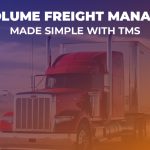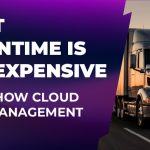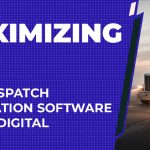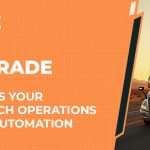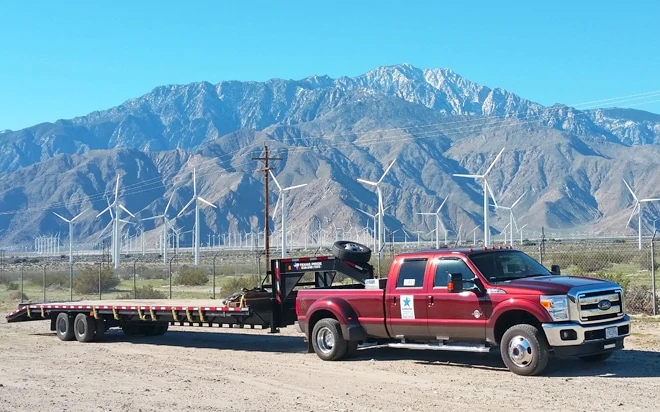
Hot shot trucking is a type of trucking that carries relatively smaller LTL, time-sensitive loads to accessible locations. For example, a critical piece of equipment is needed at a job site in a timely fashion. One website says that Hot shot drivers are essentially the minutemen of trucking. Instead of a semi, think of a standard, super duty pick-up truck hauling farm equipment or appliances. Expedited freight is normally limited to a gross weight of 36,000 pounds. Can also refer to the truck hauling the freight, which can be as small as a one-ton pickup hauling a flatbed trailer.
While hot shot trucking does not require a Commercial Driver’s License for loads under 10,000 lbs., all drivers are required to obtain a Motor Carrier Authority Number and need to be approved to drive by the Federal Motor Carrier Safety Administration. For approval, you must meet the physical requirements for driving, so check with the FMCSA website for the requirements of drivers before investing any further.
While a CDL license is not required for hotshot trucking, it is recommended. All hotshot drivers are required to file an Interstate Operating Number (MC number) in addition to a DOT number. If a hotshot trucker has a CDL and a larger trailer, he or she could haul loads weighing up to 26,000 pounds.
Note: Hot Shot trucks do not need IFTA license and IRP hot shot plates if they are under 26,000 pounds. It is optional to register with IFTA if the truck owner operator wishes to do so.
Hotshot Service
A well run hotshot service can bring in from $60,000 to $120,000 gross income per year, possibly more. Most hotshot’s expenses—fuel, maintenance, insurance, licenses and fees, tolls, etc. —are approximately half of the gross income. In addition, of course, quarterly estimated payroll taxes.
When it comes to finding work for hot shot drivers, most turn to load boards. Load boards are essentially marketplaces for transportation professionals to post quick, small load jobs for willing drivers.
Different Classes of trucks used in hot shot hauling:
Class 3 medium-duty trucks have a weight limit of 10,001-14,000 pounds. Mainly contractors and last-mile delivery drivers use this class, but you can also use them for lighter hotshot loads.
Class 4 medium-duty trucks have a weight limit of 14,001-16,000 pounds. These are heavier trucks but classified as non-commercial.
Class 5 medium-duty trucks have a weight limit of 16,001-19,500 pounds. Many of the lightest commercial trucks are categorized as Class 5.
How to become a hotshot driver
If you are interested in a career as a hotshot driver or even if you would enjoy picking up cargo loads to occasionally supplement income, follow these 6 steps: (source: indeed.com)
1. Get a valid driver’s license
Hotshot drivers need a basic class D driver’s license. This is the standard license most citizens receive when they apply for a license. As long as cargo loads they haul are under 10,000 pounds, a hotshot driver does not need a commercial driver’s license (CDL) that truck drivers have. It is also important to maintain a clean driving record so that clients know they can trust drivers with cargo.
2. Apply for a USDOT number
A United States Department of Transportation (USDOT) number is a form of identification that is needed for safety reports, incidents, and for audits. Hotshot drivers can apply for a USDOT number through the Federal Motor Carrier Safety Administration’s website. Filing for a USDOT number could be a $300 charge and is necessary to fulfill legal requirements of hauling cargo for clients.
If you accept loads that need to be driven across state lines, you also need a MC number to operate out-of-state.
3. Purchase equipment
Hotshot drivers typically operate a pickup truck. The appropriate model of truck depends on the sizes of loads you may haul for clients. Hotshot driver’s also commonly pull trailers to accommodate cargo. When choosing a trailer consider not only the weight and equipment of the loads you want to haul but also ensure that your vehicle can pull a trailer. Here are the types of trailers to choose from for hotshot drivers:
Gooseneck trailer: These trailers carry large loads and require a special hitch. These are very stable trailers, which makes them an excellent choice for a variety of loads.
Bumper pull trailer: Bumper pull trailers are inexpensive and short but can support up to 10,000 pounds.
Tilt deck trailers: This type of trailer has a tilt which makes is easier to load and unload heavy equipment and other cargo using a hydraulic system.
Low boy trailer: These trailers have a variable height and can lower to the ground for loading and unloading cargo.
Dovetail trailers: This type of trailer is ideal for hauling cars and other vehicles because it accounts for wheels.
4. Buy liability insurance
Buying liability insurance is an important step for hotshot drivers to protect themselves and their businesses. Your USDOT number can help insurance providers determine the right amount of coverage for you. Here are important questions to ask insurance providers before purchasing insurance to ensure you have enough liability coverage:
What does the insurance policy cover?
How do you submit an insurance claim for accidents?
What amount does insurance pay for accidents?
What are some ways you can reduce your premiums?
Insurance policies for hotshot truckers usually range from $7,000 – $12,000 per year. The average price for hotshot insurance is $10,284. This is based on 1-truck and trailer and being new in the business.
5. Build a professional network
Building a professional network of potential clients and other hotshot drivers could be beneficial in granting job opportunities. Professional networks are valuable resources to refer to with questions about the industry and can help you to keep up with changes in the industry. Your contacts may also serve as references to help you obtain more career opportunities and advancements.
To build a network as a hotshot driver, consider joining social media groups and forums. You may also attend conferences for drivers or companies who may employ you.
6. Search for cargo loads and deliveries
After you have received the proper licenses and equipment to haul cargo, look for jobs. Hotshot drivers find work on load boards, which are websites with postings from businesses and private clients in need of expedited delivery. There are free load boards that drivers can access to find work. This is a great option for hotshot drivers who are just starting their careers.
There are also subscription-based load boards, which list higher paying delivery requests. Since access to these boards requires a fee, the information and job opportunities are usually up to date, lucrative, and more reliable.
